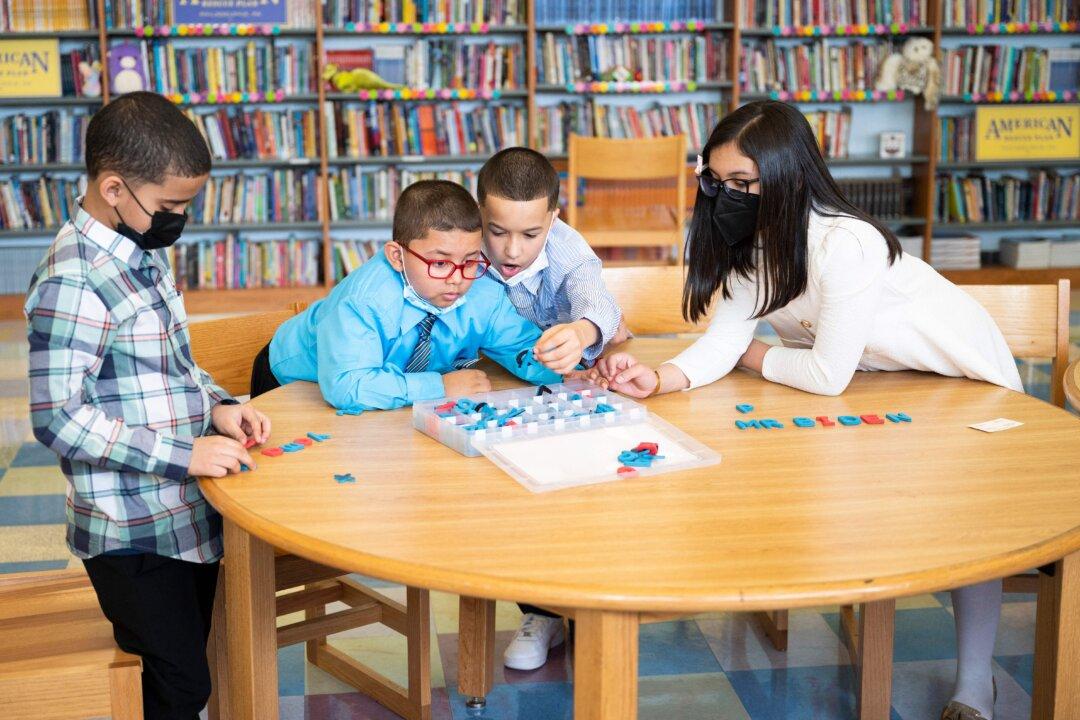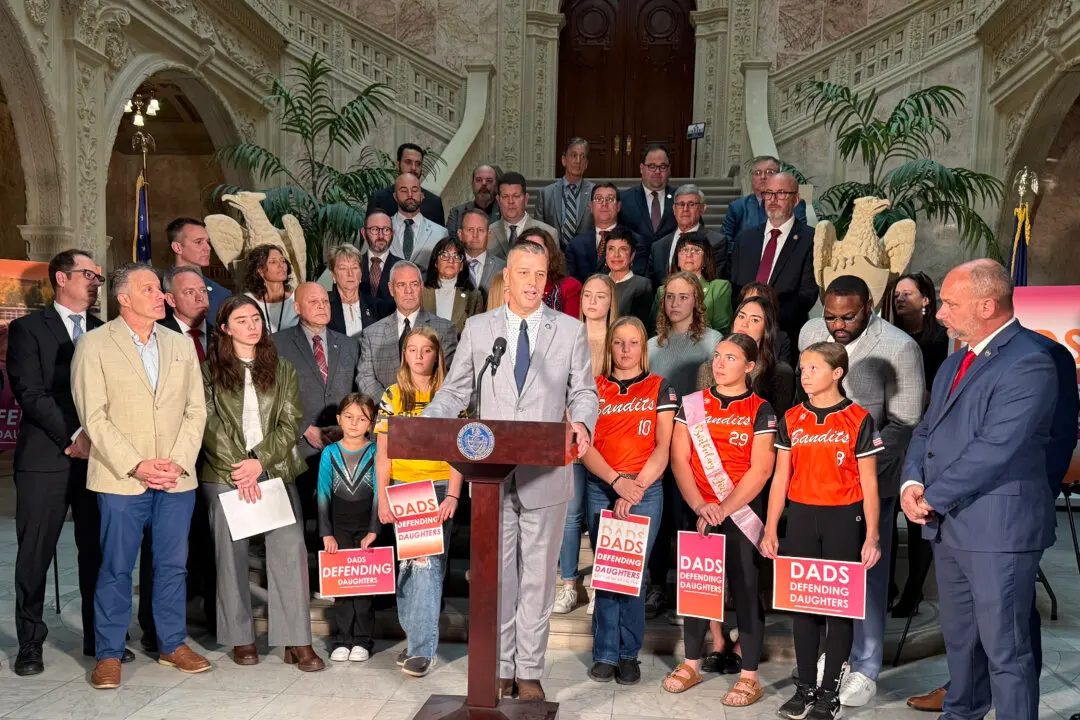The concept and content detailed on the Pennsylvania Department of Education (PDE) website on gender identity have raised concerns among some Pennsylvania education administrators.
PDE’s gender identity webpage includes a curriculum guide for teachers to hold a “gender neutral day” in their classrooms in grades 3-12. The guide states that as part of the activity, students should pick two to three ways to reject gender stereotypes for the day, and teachers should make a specific commitment to challenge gender norms in the classroom.




